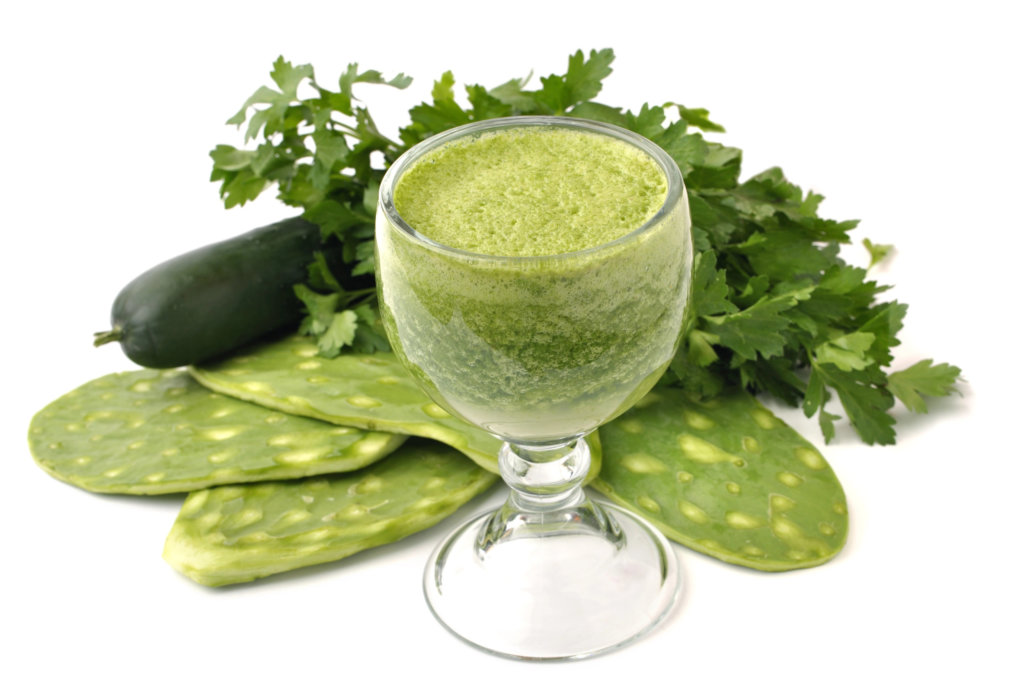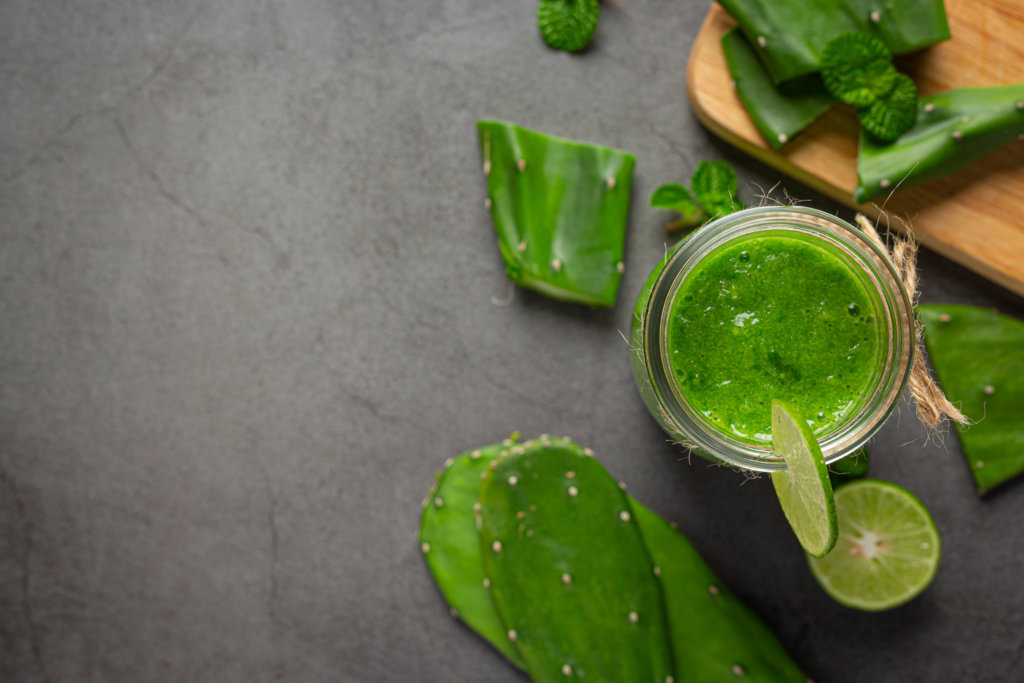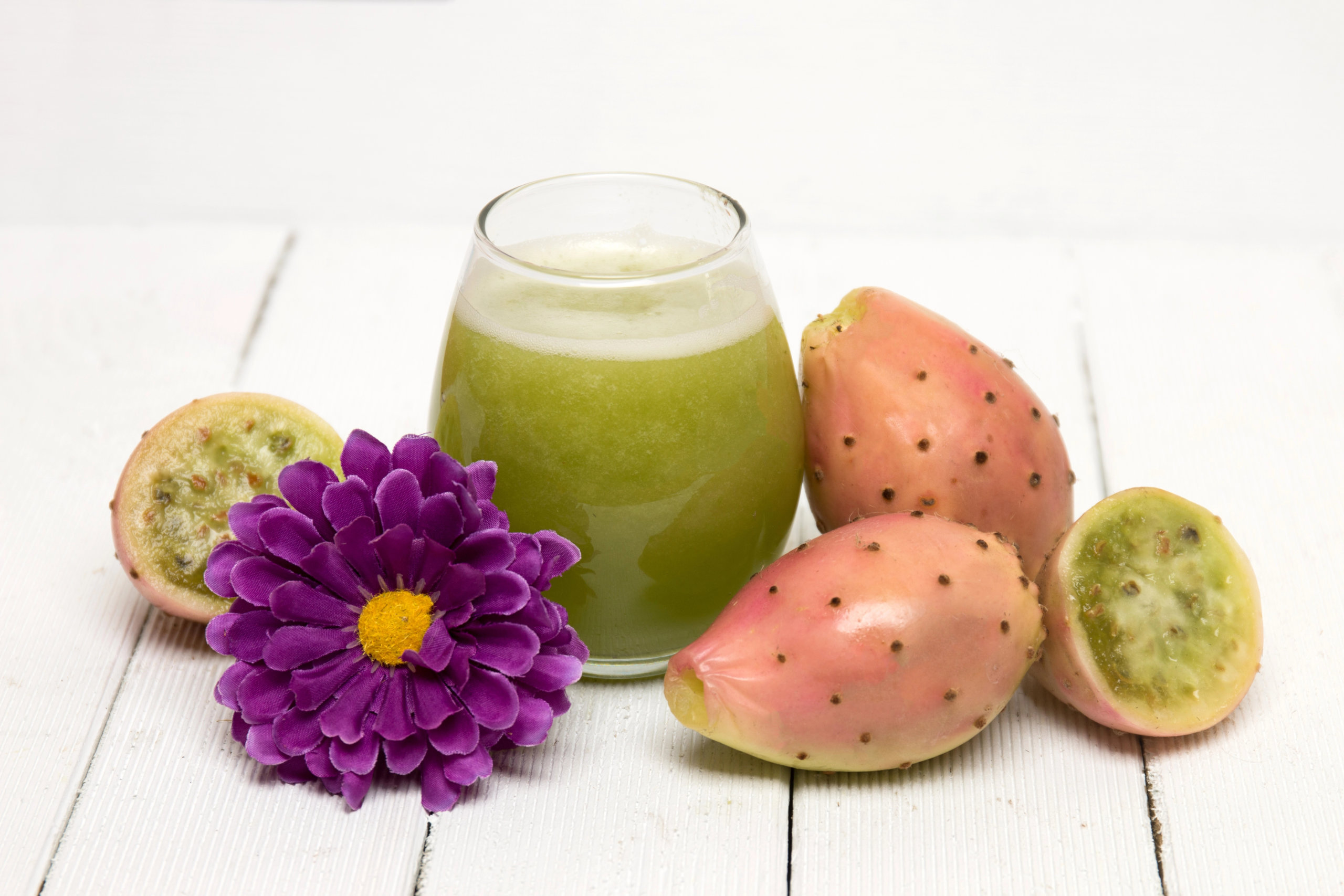Cactus Juice
If you are looking for a drink that is low in calories but packed with nutrients, cactus juice is worth exploring. Cactus juice comes from the prickly pear cactus and is known for its refreshing taste and health benefits like antioxidants and anti-inflammatory properties. Many people have enjoyed cactus juice for generations, using it to support digestion, help with blood sugar levels, and even boost hydration.
You might wonder if cactus juice is safe and how it fits into your diet. When consumed in moderation, cactus juice can be a healthy choice for most people, but it’s always good to know the possible benefits and risks before adding something new to your routine. Keep reading to see what cactus juice really offers and how you might include it in your life.
What Is Cactus Juice?

Cactus juice is a drink made by extracting liquid from certain cactus plants. It gives you a natural source of hydration, vitamins, and minerals, with a unique flavor and some traditional uses.
Cactus Species Used for Juice
There are many kinds of cacti, but prickly pear cactus is the main type used for making cactus juice. Its scientific name is Opuntia ficus-indica. This cactus grows in warm places, especially in the Americas and the Mediterranean.
The juice can come from two parts: the thick pads (also called nopales) and the fruit, often called prickly pears or tunas. The fruit is what most people use for juice because it’s sweet and colorful. Pads are sometimes used, but they have a milder taste and are more often cooked than juiced.
Other cacti, like saguaro or barrel cactus, are not usually safe for juice due to chemicals that can upset your stomach. Sticking with prickly pear keeps things safe and tasty.
Traditional and Modern Production Methods
Traditionally, cactus juice was made by hand. People would remove the thorns, peel the fruit or pads, and mash them to get the juice. This process could take a lot of time, and you had to be careful with the sharp spines.
Today, modern methods use machines and juicers, making it faster and easier. First, the fruit or pads are cleaned and peeled. Then, they’re blended or pressed to release the juice. Most commercial cactus juices strain out seeds and pulp for a smooth texture.
Some brands add water, sugar, or other fruit juices to improve taste and shelf life. If you make it at home, you can adjust sweetness to what you like. Pasteurization is sometimes used for safety and longer storage.
Key Characteristics and Taste Profile
Cactus juice stands out for its natural color, which can range from light green (from the pads) to deep pink or even purple (from ripe prickly pear fruit). The juice is low in calories, with a slightly thick texture.
Its flavor is mostly mild, but can be slightly sweet or tart, depending on the part used and how ripe it is. Many people compare the taste to watermelon or cucumber, with a hint of lemon. Some commercial juices add sugar to make it sweeter.
Cactus juice contains vitamin C, B vitamins, magnesium, calcium, and antioxidants. It’s a refreshing drink, sometimes served with ice or mixed with other juices. The mild sweetness and tang make it popular as a healthy option.
Health Benefits of Cactus Juice
Cactus juice offers key vitamins and minerals, supports hydration, and may have effects on metabolism and cellular health. Drinking cactus juice gives you a mix of nutrients that can help your body in several practical ways.
Nutritional Content
Cactus juice contains vitamin C, several B vitamins, and important minerals like calcium, magnesium, and iron. These nutrients help keep your immune system strong and support normal muscle and nerve function.
You also get beta-carotene and amino acids from cactus juice, which are building blocks your body needs for growth and repair. Cactus juice is naturally low in calories, so you can add it to your diet without worrying much about extra energy intake.
Potential Antioxidant Effects
Cactus juice has antioxidant compounds that can help protect your cells from damage. These antioxidants, including vitamin C and beta-carotene, help reduce the effects of free radicals. Free radicals can harm tissues and are linked to early aging and certain diseases.
By drinking cactus juice, you get extra plant-based antioxidants. These can help lower oxidative stress in your body. Lower oxidative stress supports the overall health of your organs and tissues.
The antioxidants in cactus juice come from both the fruit and the pads. Both parts have different phytonutrients, making cactus juice a good source of natural protective substances.
Hydration and Detoxification
Cactus juice is made up of mostly water. This helps you stay hydrated and may keep your skin healthy and more elastic. Hydration is important for digestion, energy, and overall wellness.
Some people use cactus juice because it supports the body’s natural process for removing waste and toxins. It acts as a mild natural diuretic, which means it can help your body release extra water and salts.
You can also use cactus juice as a moisturizer on your skin, although drinking it is the main way to get its benefits. It can help soothe dry skin and may support your body’s hydration from the inside out.
Support for Metabolic Health
Cactus juice may help support weight management because it is low in calories and high in water and fiber. The fiber in cactus juice can make you feel fuller, so you might eat less overall.
Some research suggests that nutrients found in cactus juice may play a role in controlling blood sugar levels. While more studies are needed, some people use cactus juice as part of a plan to maintain healthy blood sugar.
Drinking cactus juice as part of a balanced diet may also help with overall digestion. By supporting both hydration and nutrient intake, it may benefit your metabolism in small but useful ways.
How to Use and Enjoy Cactus Juice
Cactus juice is a versatile drink that fits into many parts of your daily meals. You can use it as a refreshing beverage, in recipes, or even as a simple health drink.
Culinary Applications
You can add cactus juice to both drinks and foods. It works well in smoothies, lemonades, and fruit punches because it adds a mild, slightly tangy taste. In cooking, use cactus juice as a marinade for meats like chicken or beef. The juice helps tenderize the protein and adds a gentle earthy flavor.
Salad dressings and sauces also benefit from cactus juice. Try mixing it with olive oil, vinegar, and your favorite spices for salads. It blends smoothly and brings a subtle sweetness to vinaigrettes. For a simple use, just chill cactus juice and enjoy it as a hydrating drink on a hot day.
Popular Cactus Juice Recipes
There are several easy and delicious ways to make and enjoy cactus juice.
A simple recipe:
- 1 cup chopped nopal cactus pads (or prickly pear fruit)
- 1–2 cups cold water
- Optional: slice of pineapple, celery leaves, or a splash of citrus juice
Directions:
- Wash and peel the cactus to remove spines and skin.
- Chop and blend with water and any extras.
- Strain with a fine mesh strainer for a smoother juice.
You can also try agua de nopal, a Mexican favorite. Mix blended cactus pads with water, a bit of lime juice, and a touch of honey. For a fruitier twist, add prickly pear, pineapple, or lemon.
Serving and Storage Tips
Serve cactus juice cold over ice for the best taste and refreshment. Add a wedge of lime or a sprig of mint if you want extra flavor.
Store fresh cactus juice in a clean, airtight container in your refrigerator. For best quality, drink it within 2–3 days. If you want to keep it longer, you can freeze the juice in ice cube trays and thaw as needed. Always shake or stir the juice before serving, as natural pulp may settle at the bottom.
Considerations and Precautions

It is important to understand that cactus juice can have effects on your body and comes from plants that may not always be sourced responsibly. Knowing the possible effects and the way the juice is collected will help you make informed choices.
Potential Side Effects
Drinking cactus juice, especially in large amounts, can cause stomach problems. The juice is high in fiber, which can help control bowel movements, but too much may cause diarrhea, cramping, or an upset stomach. This is more likely if you are not used to eating a lot of fiber.
Some people might be allergic to cactus or sensitive to its juice. Signs of an allergic reaction include swelling, itching, or trouble breathing. If you have food allergies, you should be careful and check with a doctor before trying cactus juice.
Too much cactus juice can also impact blood sugar. People with diabetes should monitor their blood sugar closely if they try it, as it can sometimes lower blood sugar levels.
Always start with a small amount to see how your body reacts.
Sourcing and Ethical Harvesting
The way cactus juice is sourced can affect both the environment and the quality of what you drink. Some cactus species, especially prickly pear, are harvested for their fruit or pads. Over-harvesting can damage wild cactus populations and harm local wildlife.
You should look for juice made from cactus grown on farms or cultivated in ways that do not strip natural habitats. Farms that follow sustainable practices help protect wild plants and support local farmers.
If you make your own cactus juice, only use edible species like prickly pear (Opuntia), as some types are poisonous. Always remove spines and outer skins.
Things to check when buying:
- Certified organic or sustainably sourced labels
- Information on country of origin
- Harvesting methods used
Buying from trusted sources helps support the health of cactus species and keeps your juice safe to drink.

